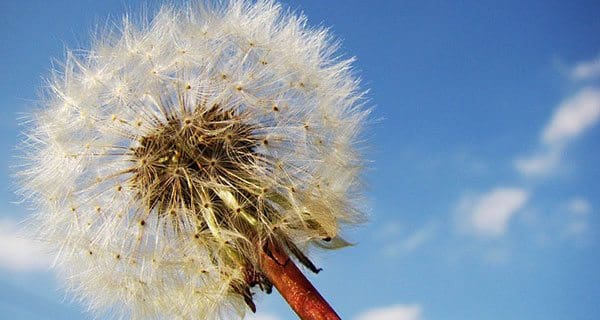Adoption of weed management strategies for pastures can be a valuable, and often necessary, tool.
A weed can be any plant growing in the wrong place at the wrong time in relationship to the management implemented. A weed problem will always have a cause.
Effective long-term weed control requires identification of the weed itself and the cause of the problem. To implement an effective weed management strategy, action must be taken to ensure the cause of the problem is addressed.
Weeds often associated with pastures are plants that are perennial, aggressive growing and hard to control.
Such plants can include leafy spurge, absinthe wormwood, common burdock and common tansy. As weed infestations increase in size and severity, the cost of control increases and the production of desirable forage declines. Management and control of weeds begins with field scouting and identification.
[emember_protected for=”2″ custom_msg=’For more on this story, please see the Jan 19 print edition of The Cross Roads.’]
Scouting for weeds in pastures should occur regularly and can begin with the landowner as well as employees, such as pasture managers and pasture riders.
Scouting not only helps identify and record if problem weeds are present, but can also identify the conditions which favour the spread of problem weeds. Poor plant competition from desirable forages, bare soil or any other type of soil disturbance can lead to a weed problem.
If any of these conditions are present, the next step is to determine the cause.
The grazing management of a pasture can point to a potential cause of a weed infestation.
Overgrazing of desired forage plants leads to plants that are less vigorous and productive. Overgrazing also leads to a reduction in pasture litter carryover and an increase in bare soil. Litter is the amount and distribution of dead plant material.
Litter helps to reduce surface evaporation and conserves moisture. Litter also protects the soil from erosion and maintains soil stability.
A combination of less productive forage plants, a reduction in litter carryover and an increase in bare soil can make for the right situation for the invasion of hard to control problem weeds.
Scouting for new weeds is best done when they’re easiest to identify, often in the month of June, prior to seed set.
Correct identification of the weed is necessary to select the most effective control method. Consult with an agrologist or local weed inspector for assistance in weed identification or to discuss the best control method.
When considering a control method, be aware of the environment surrounding the problem area. Herbicide application is often perceived as the primary option for problem weed control, as it is perceived as easy, and relatively effective. However, consideration of location accessibility, site topography, weed infestation size, proximity to water and soil texture are all valid justification to use alternative methods of control.
Revisiting sites throughout the growing season to evaluate the effectiveness of the treatment regime is important. Attention should be focused towards looking for new weed patches that may have grown since the last visit to the area. If weed patches are large and persistent, many years of treatment and follow-up monitoring can be expected.
For more information on problem weeds and weed control in pastures, contact your local Regional Forage Specialist or the Agriculture Knowledge Centre at 1-866-457-2377.


